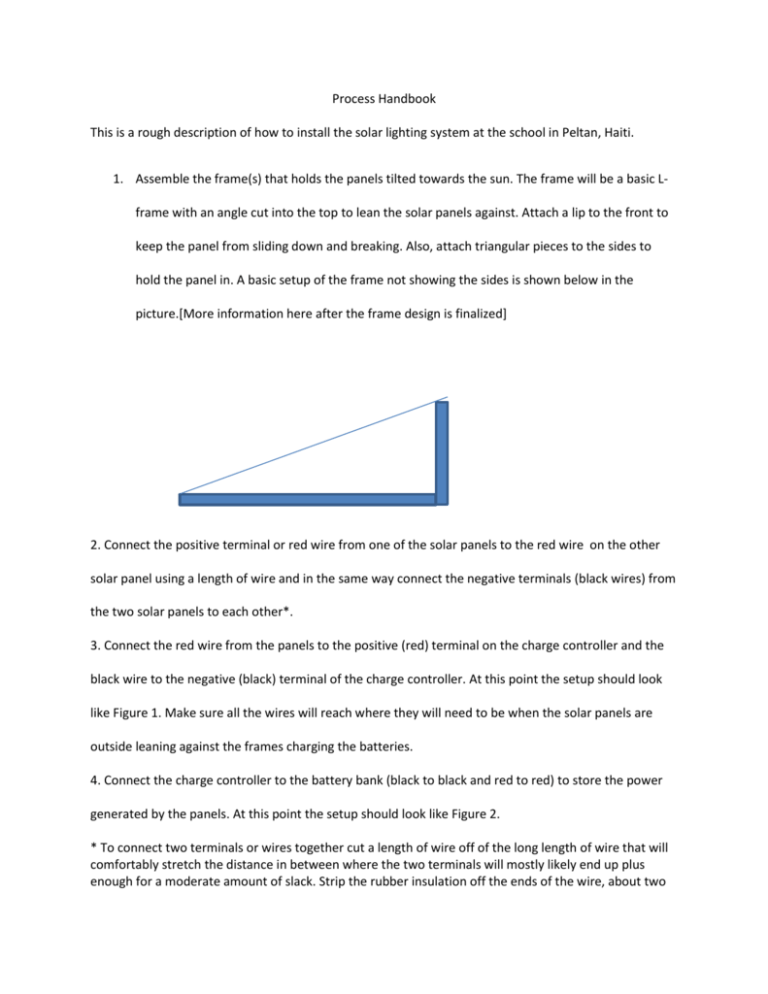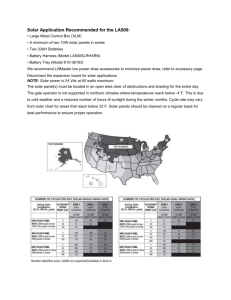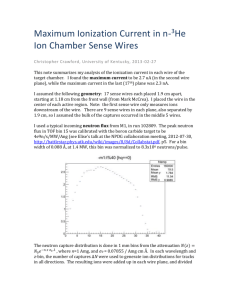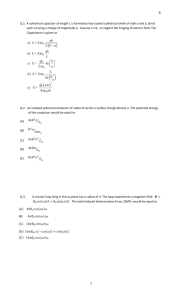Process Handbook - engr330-2013
advertisement

Process Handbook This is a rough description of how to install the solar lighting system at the school in Peltan, Haiti. 1. Assemble the frame(s) that holds the panels tilted towards the sun. The frame will be a basic Lframe with an angle cut into the top to lean the solar panels against. Attach a lip to the front to keep the panel from sliding down and breaking. Also, attach triangular pieces to the sides to hold the panel in. A basic setup of the frame not showing the sides is shown below in the picture.[More information here after the frame design is finalized] 2. Connect the positive terminal or red wire from one of the solar panels to the red wire on the other solar panel using a length of wire and in the same way connect the negative terminals (black wires) from the two solar panels to each other*. 3. Connect the red wire from the panels to the positive (red) terminal on the charge controller and the black wire to the negative (black) terminal of the charge controller. At this point the setup should look like Figure 1. Make sure all the wires will reach where they will need to be when the solar panels are outside leaning against the frames charging the batteries. 4. Connect the charge controller to the battery bank (black to black and red to red) to store the power generated by the panels. At this point the setup should look like Figure 2. * To connect two terminals or wires together cut a length of wire off of the long length of wire that will comfortably stretch the distance in between where the two terminals will mostly likely end up plus enough for a moderate amount of slack. Strip the rubber insulation off the ends of the wire, about two inches (pinky length will do). Wrap the bare ends of the free wire and the terminals you are connecting around each other until they are fairly secure. Wrap electrical tape around the bare parts of the wires in order to protect against electrocution and to keep the power flow through the wire from being interrupted. Figure 1: Diagram showing the solar panels connected to each other and to the charge converter. Ignore the two leads to the left they aren’t needed until a later step. Figure 2: This is what the setup should look like after step four when the batteries, charge controller and solar panels are all connected. 5. Connect the batteries to create the most efficient power storage system [more information here after the optimum battery setup is known]. 6. Attach the light fixtures to the rafters of the school connect all on the same rafter with wire from the red terminal of one to the black next to it and so on. [The optimum configuration for the lights won’t be known until we get to Haiti and see]. 7. Run a long length of wire along the walls near where the rafters meet the wall. Splice** the wires coming from the light fixtures on the rafter into the wires on the wall. **To splice together wires remove the rubber insulation for a small section along the wall wire and from the end of the rafters’ wire and wrap the end of the rafter wire around the bare wall wire. Make sure the connection is secure (they can’t easily fall apart from each other) then wrap the connection in electrical tape to ensure safety. 8. Run the wall wires down the wall to where they will meet the battery bank. Make sure the wires are either in some kind of tubing or taped to the wall with electrical tape to keep away from the kids for safety. 9. Connect the ends of the wall wires into the converter terminals, the wall wire that red ends from the light fixtures got spliced into gets connected to the red (positive) terminal and the other wire gets connected to the black (negative) terminal of the charge converter. 10. Connect the charge converter (which changes the DC power generated by the solar panels and stored in the batteries into the AC power that the lights need) into the battery bank. The red connects with red and black with black again. At this point the electrical system should look like Figure 3. Figure 3: This is how the electrical system should look after step 10 when all the components are connected together. 11. Now that everything is connected once the batteries are charged perform a test run (to charge the batteries take the frames and panels outside and lean the panels in the frames and face them towards the sun).






